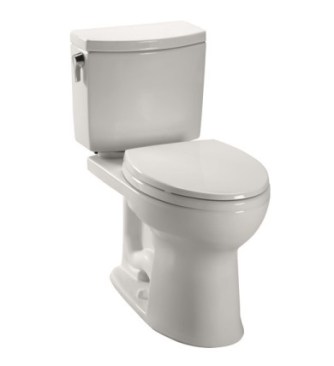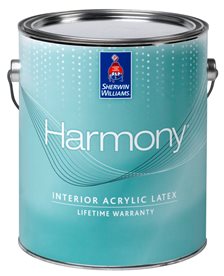Over the past several years, environmentally-friendly building practices have begun to move from niche to normal. Green products are easy to find, but true sustainability goes beyond slapping on a “green” label.
“For us, our sustainability strategy is our business strategy,” says Frank O’Brien-Bernini, vice president, chief sustainability officer of Owens Corning, which was recently named to the Dow Jones Sustainability Index–World (DJSI–World) for the fifth consecutive year. “We are committed to operating in a net-positive way, where the positive impact from operating our company offsets any negative impact.”
Eco-conscious practices are also at the forefront of business decisions at Toto, named to the DJSI–World since 2011.
“Our assessment process has enabled us to look very closely not just at ROI, but we’ve now put in place an ROE—return on environment,” says Bill Strang, Toto’s president of operations for the Americas. “I may find that my ROI isn’t as good as another piece of capital, but my ROE is better.”
Green from the Ground Up
Innovative sustainability
efforts start with the manufacturing and transportation processes. Some sample
initiatives include reusing water and heat from production in other parts of the
factory; retrofitting facilities with LED lighting; decreasing trash and
packaging; and moving fleets to more efficient routes and fuels.
This multi-faceted approach is key, says Steve Revnew, vice president of product innovation at Sherwin-Williams, which ranked in the 87th percentile of U.S. companies in Newsweek’s 2014 Green Ratings. “We take a holistic approach,” says Revnew. “We look at every single avenue in being good stewards.”
By reducing emissions and waste, a smaller operational footprint follows as companies create environmentally-friendly products.
“There’s a huge overlap,” O’Brien-Bernini explains. “As you green your products, you tend to reduce the manufacturing footprint to make those products.”
To fully measure a product’s cradle-to-grave impact, life cycle assessments are an invaluable tool.
“Toto has been doing life cycle assessments since 2008,” says Strang. “This helps us holistically understand the complete impact of the product, in our business and how it lives in the home.”
Owens Corning has also implemented Environmental Product Declarations to aid the comparison of different products, says O’Brien-Bernini.
“No apples-to-apples methodology is required [in LCAs], so it’s really hard to compare,” he says. “EPDs differentiate because the industry works together through a trade association to set standards for applying an LCA; so when everyone compares, you’ll be able to actually say this one’s better than that one.”
Premium Products
In their product
lineups, each company aims to offer optimum performance in an environmentally-friendly
package. When developing its
EcoTouch fiberglass insulation, Owens Corning considered factors such as energy
savings, using renewable and bio-based materials, and non-toxic emissions.
“It is a minimum of 58 percent recycled content, made with recycled glass like beer and wine bottles,” says O’Brien-Bernini. “It is the first insulation product to get USDA bio-preferred rating, and it’s formaldehyde free.”
Sherwin-Williams’ Harmony line of paint is VOC-free and improves indoor air quality by reducing the presence of formaldehyde, mold, and household odors. The company partnered with the GreenGuard Environmental Institute to test the product in a school setting.
“We painted a school and had one room with this technology and one room with conventional paint technology,” Revnew says. “The measurement results saw a 45 percent reduction in formaldehyde present in the room.”

Toto has not only reduced water flow in its plumbing fixtures, but improved the functionality and efficiency of these low-flow fixtures. In the Drake II 1G, the ultra-high efficiency 1-gallon flush toilet uses double cyclone technology, with two water jets instead of rim holes, to more effectively clean the bowl. It’s gravity-based rather than using pressure-assist technology, and uses a SanaGloss glaze on the bowl to keep the porcelain slippery and non-porous.
Moving Green Forward
Greener products and processes do sometimes mean an
increased cost, but that upfront investment is balanced by the increased demand.
“More and more consumers are ‘conspicuous conservationists’ … People want to be seen and known for doing good things,” says Strang. “We’re doing quite well by doing good.”
Consumers are increasingly looking to companies and products that help them conserve, and that trend is only likely to grow.
“In many areas, it has almost become mainstream that you are an environmentally responsible company,” says Revnew. “Expectations in the future will be that companies will continue to reduce the use of certain chemicals and continue to manufacture more and more responsible products.”



